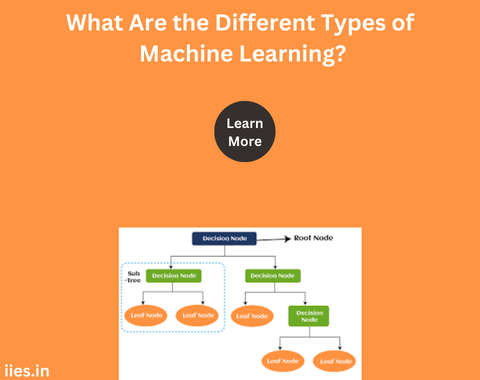
Machine learning (ML) is a branch of artificial intelligence (AI) that focuses on building systems that can learn from and make decisions based on data. It is a rapidly evolving field with various approaches and techniques. Understanding the different types of machine learning is crucial for selecting the appropriate method for a given problem.
Broadly, machine learning can be classified into three main types: supervised learning, unsupervised learning, and reinforcement learning.
1. Supervised Learning
Supervised learning is the most common type of machine learning. In supervised learning, the model is trained on a labeled dataset, meaning that each training example is paired with an output label. The goal is to learn a mapping from inputs to outputs that can make accurate predictions or classifications on new, unseen data.
Key Characteristics:
Common Algorithms:
In unsupervised learning, the model is trained on data that does not have labeled responses. The goal is to identify patterns, structures, or relationships within the data. This type of learning is useful for exploring and understanding the underlying structure of data.
Key Characteristics:
Common Algorithms:
Reinforcement learning (RL) differs from supervised and unsupervised learning in that it is focused on learning to make decisions. An RL agent learns by interacting with an environment and receiving feedback in the form of rewards or penalties. The goal is to learn a policy that maximizes the cumulative reward over time.
Key Characteristics:
Common Algorithms:
Machine learning is a dynamic and rapidly evolving field, and understanding its essential concepts is fundamental for anyone looking to leverage its capabilities. By grasping the different learning paradigms—supervised, unsupervised, semi-supervised, and reinforcement learning—you can appreciate the diverse approaches to solving various problems. Recognizing the importance of balancing overfitting and underfitting ensures that your models generalize well to new data.
Indian Institute of Embedded Systems – IIES